In modern agriculture, efficient field preparation techniques have become imperative to maximize yields. Two commonly used methods are vertical tillage and field cultivation. While both serve the purpose of soil preparation, it is crucial for farmers to understand their differences and benefits to make an informed decision about which technique is best suited for their farming operations. 1. Understanding Vertical Tillage: Vertical tillage involves the use of specialized equipment designed to create vertical fractures in the soil without significantly altering its structure. The primary goal of vertical tillage is to manage crop residue, speed up residue breakdown, and promote better seedbed preparation. Benefits of Vertical Tillage: – Enhanced soil aeration: The vertical fractures created by vertical tillage allow for better air circulation, improving root penetration and overall plant growth.
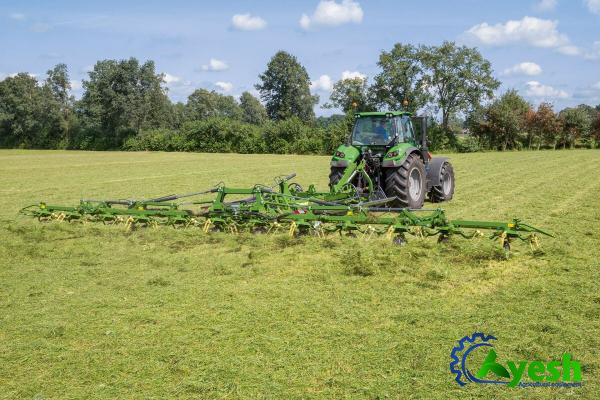
.
 – Improved water infiltration: The loose, fractured soil resulting from vertical tillage allows rainwater or irrigation water to penetrate more efficiently, reducing runoff and enhancing water retention. – Minimized soil erosion: Vertical tillage disrupts the soil surface and redistributes residue, helping to reduce the risk of water and wind erosion. – Reduction in weed germination: The process of vertical tillage can disrupt weed seeds, hindering their ability to germinate and compete with crops. 2. Understanding Field Cultivation: Field cultivation involves the use of implements, such as field cultivators and discs, to break up the soil surface, incorporate residue, and promote seedbed preparation. It typically involves more intensive soil disturbance compared to vertical tillage.
– Improved water infiltration: The loose, fractured soil resulting from vertical tillage allows rainwater or irrigation water to penetrate more efficiently, reducing runoff and enhancing water retention. – Minimized soil erosion: Vertical tillage disrupts the soil surface and redistributes residue, helping to reduce the risk of water and wind erosion. – Reduction in weed germination: The process of vertical tillage can disrupt weed seeds, hindering their ability to germinate and compete with crops. 2. Understanding Field Cultivation: Field cultivation involves the use of implements, such as field cultivators and discs, to break up the soil surface, incorporate residue, and promote seedbed preparation. It typically involves more intensive soil disturbance compared to vertical tillage.
..
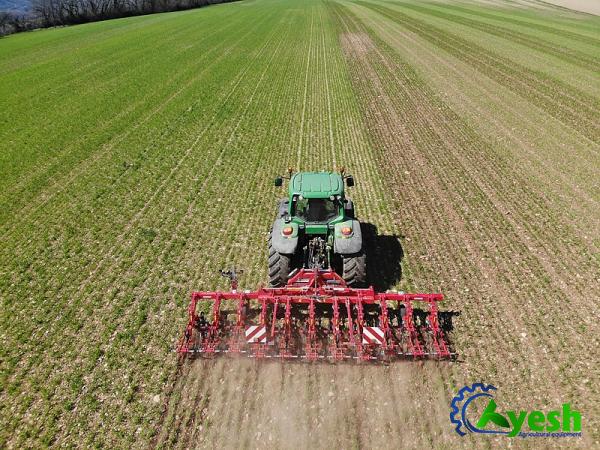 Benefits of Field Cultivation: – Weed control: Field cultivation disrupts weed seedlings and can bury weed seeds, reducing the likelihood of weed emergence and competition with crops. – Incorporation of nutrients: By mixing and burying crop residue, field cultivation aids in the decomposition process, releasing vital nutrients back into the soil for subsequent crops. – Enhanced seedbed preparation: Field cultivators incorporate soil amendments and create a loose and level seedbed, providing ideal conditions for germination and root establishment. Choosing the Right Technique: The choice between vertical tillage and field cultivation depends on various factors, including soil type, crop rotation, residue management, weed pressure, and overall farm objectives.
Benefits of Field Cultivation: – Weed control: Field cultivation disrupts weed seedlings and can bury weed seeds, reducing the likelihood of weed emergence and competition with crops. – Incorporation of nutrients: By mixing and burying crop residue, field cultivation aids in the decomposition process, releasing vital nutrients back into the soil for subsequent crops. – Enhanced seedbed preparation: Field cultivators incorporate soil amendments and create a loose and level seedbed, providing ideal conditions for germination and root establishment. Choosing the Right Technique: The choice between vertical tillage and field cultivation depends on various factors, including soil type, crop rotation, residue management, weed pressure, and overall farm objectives.
…
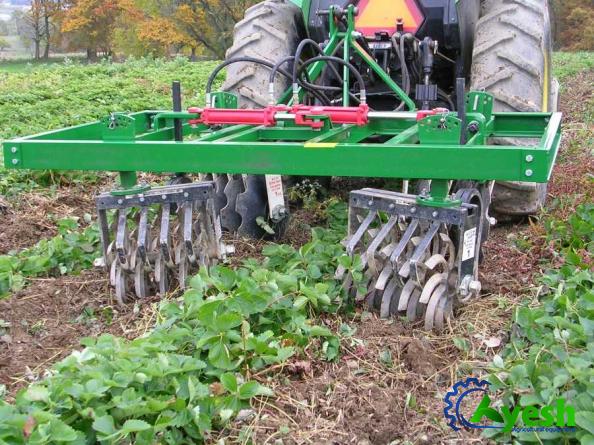 Farms with high levels of surface residue may benefit more from vertical tillage to enhance residue breakdown and water infiltration. In contrast, farms with severe weed pressure may find field cultivation more suitable for effective weed control. Conclusion: Vertical tillage and field cultivation are both valuable field preparation techniques, each offering unique benefits depending on specific farm requirements. Farmers must consider their soil conditions, residue management goals, weed pressure, and overall system objectives to determine which technique aligns best with their farming practices. By making an informed decision, farmers can optimize resource utilization, improve crop performance, and ultimately achieve higher yields.
Farms with high levels of surface residue may benefit more from vertical tillage to enhance residue breakdown and water infiltration. In contrast, farms with severe weed pressure may find field cultivation more suitable for effective weed control. Conclusion: Vertical tillage and field cultivation are both valuable field preparation techniques, each offering unique benefits depending on specific farm requirements. Farmers must consider their soil conditions, residue management goals, weed pressure, and overall system objectives to determine which technique aligns best with their farming practices. By making an informed decision, farmers can optimize resource utilization, improve crop performance, and ultimately achieve higher yields.
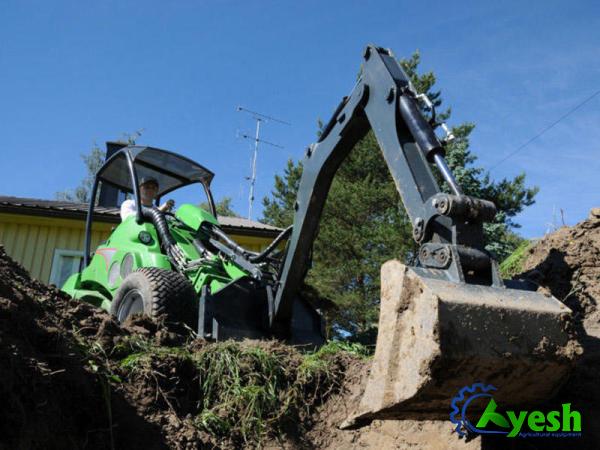
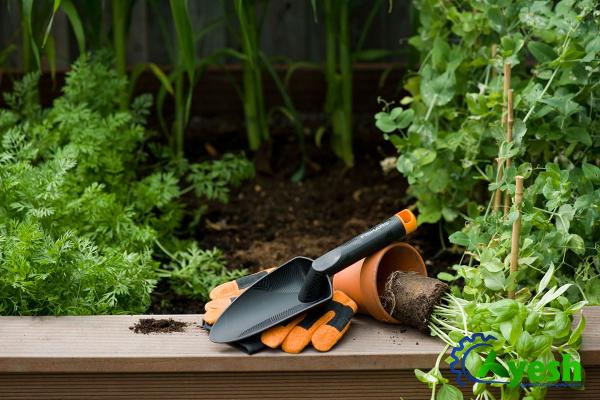
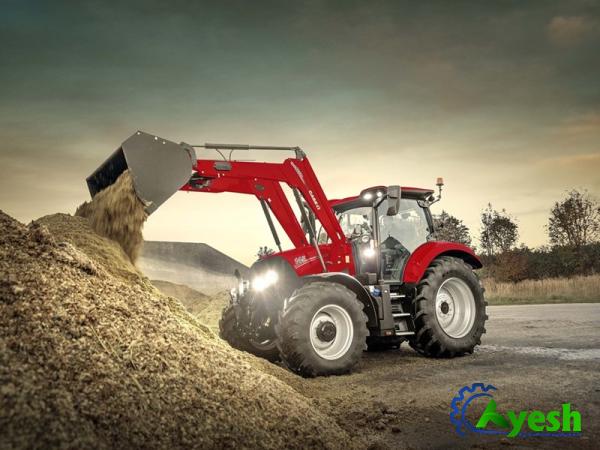

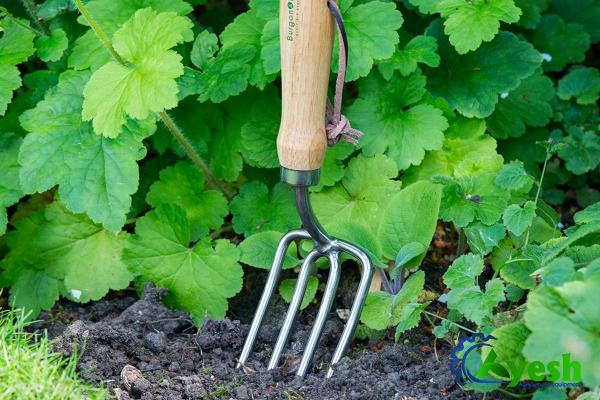

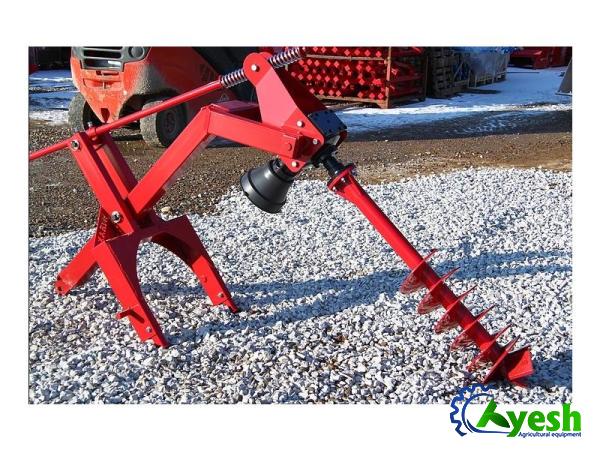



Your comment submitted.